
Broschiertes Buch
24. September 2024
Verlag Unser Wissen
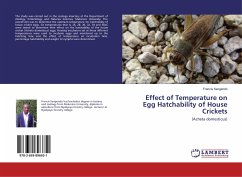
24,99 €
Versandfertig in 6-10 Tagen
Broschiertes Buch
(Acheta Domesticus)
2. Oktober 2017
LAP Lambert Academic Publishing
25,99 €
Versandfertig in 1-2 Wochen
Broschiertes Buch
24. September 2024
Ediciones Nuestro Conocimiento
25,99 €
Versandfertig in 6-10 Tagen
Broschiertes Buch
24. September 2024
Editions Notre Savoir
25,99 €
Versandfertig in 6-10 Tagen
Broschiertes Buch
24. September 2024
Edições Nosso Conhecimento
25,99 €
Versandfertig in 6-10 Tagen
Broschiertes Buch
24. September 2024
Edizioni Sapienza
Ähnliche Artikel
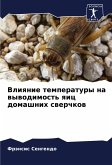
25,99 €
Versandfertig in 6-10 Tagen
Broschiertes Buch
24. September 2024
Sciencia Scripts
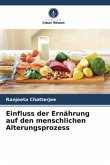
Broschiertes Buch
29. Januar 2024
Verlag Unser Wissen
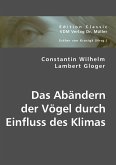
Broschiertes Buch
Repr. d. Ausg. v. 1832.
5. März 2015
VDM Verlag Dr. Müller
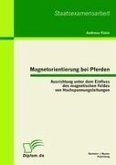
Broschiertes Buch
17. November 2010
Bachelor + Master Publishing
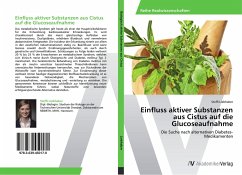
Broschiertes Buch
Die Suche nach alternativen Diabetes-Medikamenten
6. März 2013
AV Akademikerverlag
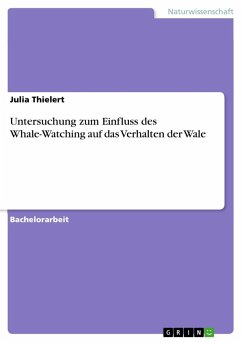
Broschiertes Buch
1. Auflage
25. Juni 2018
GRIN Verlag
Ähnlichkeitssuche: Fact®Finder von OMIKRON
